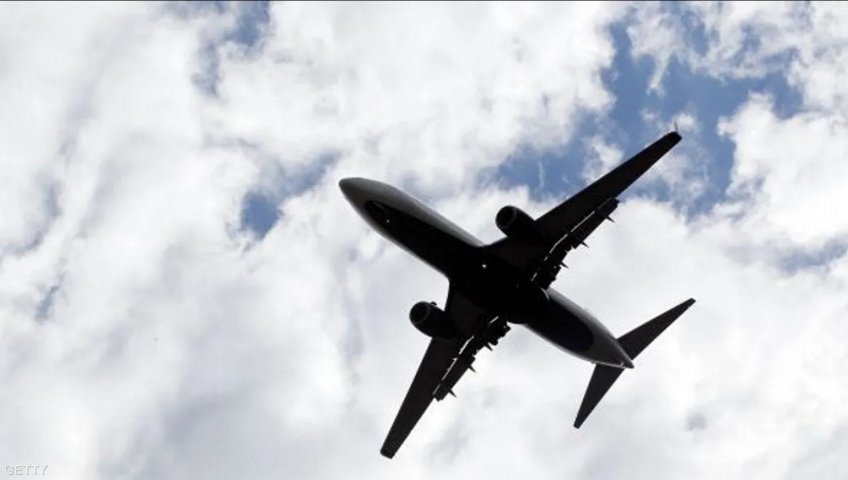CLIMATE CHANGE CAUSES TURBULENCE ACCIDENTS

Experts say rising temperatures due to climate change will increase the likelihood of turbulence. Its evidence can be seen in the recent turbulence incidents on “Singapore Airlines”, “Qatar Airlines” and “Turkish Airlines” which resulted in deaths and injuries.
Regarding these issues, the occurrence of such situations and ways to prevent dangerous incidents on the plane in turbulence, we had a conversation with the Head of the Aviation Meteorological Center of the State Unitary Enterprise “Tajikairnavigation” Maina Mamadnasirova:
 Maina Mamadnasirova what means turbulence?
Maina Mamadnasirova what means turbulence?
Turbulence is a state of the atmosphere in which disordered vortices of different sizes are formed and horizontal and vertical wind gusts occur. Turbulence has a special effect on aircraft flight. When crossing atmospheric vortices, the aircraft is exposed to vertical and horizontal wind gusts, resulting in chattering.
Chatter is a disorderly oscillation of the aircraft, accompanied by overload when flying in a turbulent atmosphere. In case of weak chattering, there may be some light shaking of the aircraft. Moderate turbulence is accompanied by frequent jolts with shaking of the aircraft and change of altitude, it does not cause difficulties in piloting.
What is your opinion regarding jolts for airplanes?
Sharp jolts and individual shakes of the aircraft occur in case of strong turbulence. Strong turbulence considerably worsens stability and controllability, distorts readings of some pilotage instruments of the aircraft.
Such a sudden situation does not cause difficulty in controlling the aircraft and changing its height.
Can you tell us about turbulence types and the difference between each?
Depending on the causes the turbulence has 3 types:
thermal - caused by uneven heating or cooling of air from the earth’s surface and dynamic - occurs with a sharp change in wind direction and speed in both horizontal and vertical directions, that is, any wind shear. Last type is orographic turbulence - observed in mountainous areas. The airflow is deformed when flowing around mountain obstacles, and under certain conditions, this leads to the formation of zones with increased turbulence. The location of turbulent zones is associated with those areas where there are increased values of vertical and horizontal wind shear, as well as vertical temperature gradient (in the atmosphere).
Which one do you think is more dangerous?
In cloudy weather, this situation is not very alarming because a crew with good vision can eliminate the hazard, but in clear weather, it is very dangerous. The crew can determine their position in cloudy weather, but in the case of turbulence in clear air, it is extremely difficult for the pilot and the defense of the aircraft. This turbulence is observed in the atmosphere at altitudes above 5 km in the absence of cumulus clouds.
Since a similar situation has occurred in the sky, the crew itself can alert other aircraft flying in the same air corridor by communication and provide immediate assistance. In this case, other crews may try to change (or slightly change) the echelon in advance and move to another flight echelon.
Since most of Tajikistan consists of mountains, such dangerous turbulence situations often occur on local routes, both in clear and overcast weather.
Recently on the Khorog-Dushanbe route, there was a case of turbulence, which was resolved without much difficulty thanks to the high experience of specialists. Because the forecast of dangerous phenomena (i.e. turbulence) in a certain direction, typical for this region, was presented to the crew by an engineer-meteorologist.
During the oral briefing, AMC specialists give crews the flight documentation, which includes a map of hazardous phenomena, a map of temperature and wind direction at the flight echelon, operational information on the route and additionally onboard weather. The document assists to crew in planning the flight, avoiding areas where cumulus, thick cumulus and especially cumulus-rain clouds with showers and thunderstorms form.
It should be noted that the skills and professional knowledge of meteorologists, equipment and meteorological equipment, updated at the enterprise and its branches, increase the level and quality of service of the center’s specialists, contribute to flight safety and provision of meteorological data.
Thank you for the informative conversation and wish you success in accomplishing complex and responsible tasks.
Ibrohimzoda Muhabbat,
Chief specialist of the
SUE “Tajikairnavigation” Press Center







































